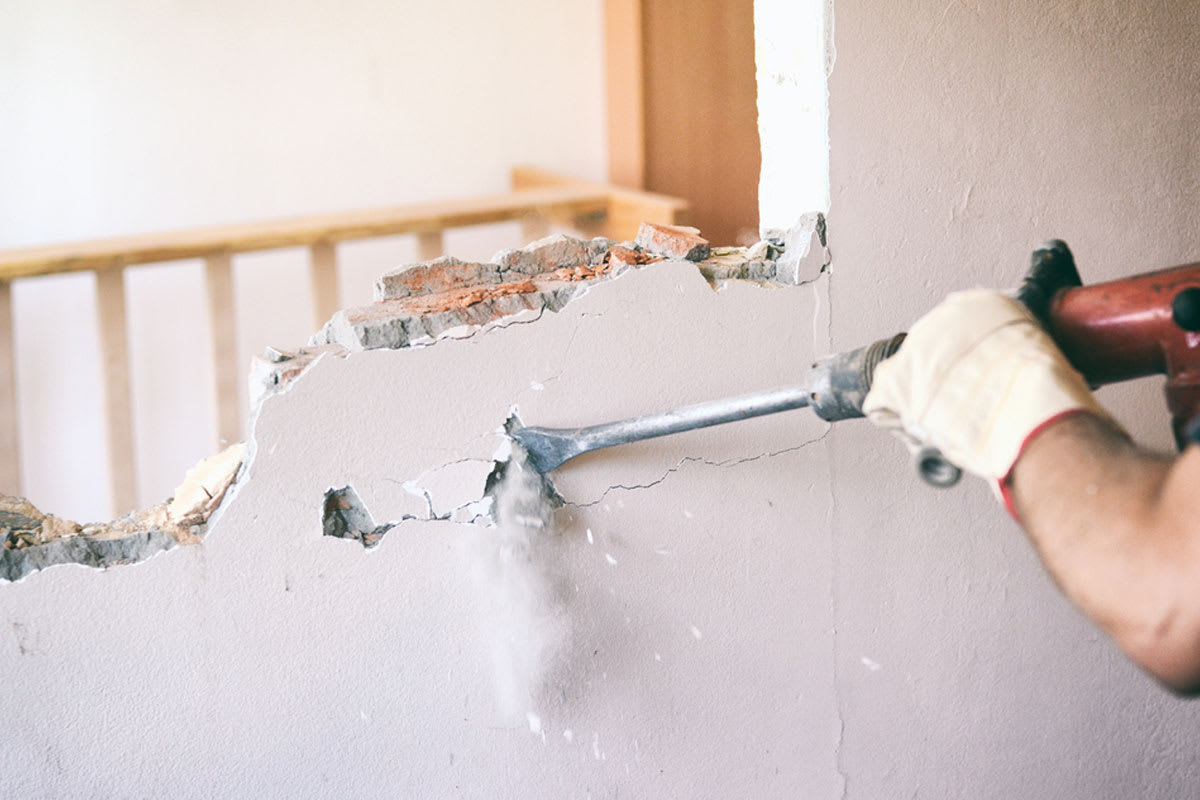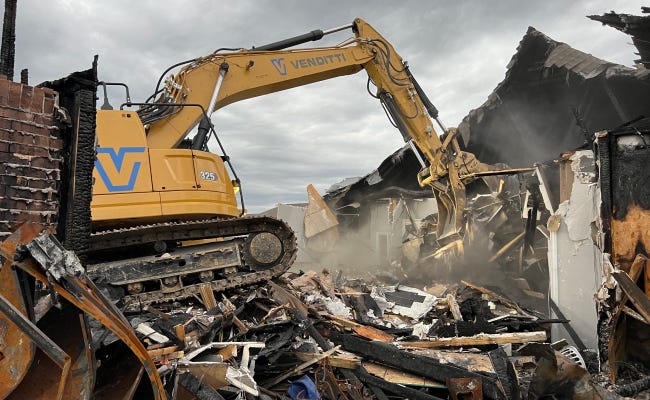Interior Demolition: Key Considerations and Best Practices
Interior Demolition: Key Considerations and Best Practices
Blog Article
The Ultimate Guide to Interior Demolition Techniques and Tools
Within the realm of interior improvements, the art of demolition is a pivotal phase that needs precision, skill, and the right collection of tools. Whether you are a seasoned expert or a do it yourself enthusiast, comprehending the complexities of interior demolition strategies can make all the difference in attaining an effective project result. As we browse through the nuances of this extensive overview, we will uncover necessary tools, precaution, and professional techniques that are vital when beginning on the trip of changing a space. Stay tuned to find the essential insights that can elevate your demolition expertise to brand-new heights.
Important Interior Demolition Devices
When embarking on indoor demolition jobs, having the ideal tools is vital for effectiveness and safety. One of the most crucial devices for indoor demolition is the demolition hammer. This sturdy device is created to break with difficult products like ceramic tile, concrete, and drywall.
An additional important device is a reciprocating saw, which is excellent for cutting with a range of products such as steel, timber, and plastic. Its capability to make exact cuts in tight rooms makes it excellent for demolition job. Furthermore, an energy knife is needed for reducing materials like rug, plastic flooring, and insulation. Its sharp blade ensures clean and accurate cuts, promoting the elimination of undesirable materials. Overall, having these essential interior demolition devices will significantly boost the efficiency and security of any demolition project.

Safety Precautions During Demolition

Furthermore, all workers entailed in the demolition procedure should receive appropriate training on the appropriate handling of tools and tools to decrease crashes. By adhering to these safety and security preventative measures, interior demolition tasks can be lugged out efficiently while focusing on the well-being of all individuals involved.
Techniques for Removing Wall Surfaces
Executing appropriate security precautions during interior demolition projects is important for producing a safe and secure workplace, and one essential element of such jobs entails understanding strategies for eliminating walls. One frequently utilized technique is hands-on demolition, which calls for making use of fundamental hand devices such as sledgehammers, crowbars, and energy knives to thoroughly take down the wall surface item by piece. This method enables for higher control over the demolition process, particularly in delicate locations where precision is crucial.
For bigger, more intricate walls, mechanical demolition might be required. This includes utilizing hefty equipment like bulldozers or excavators to why not try here tear down walls successfully. It is important to make sure that the structural stability of the structure is not jeopardized during mechanical demolition.
An additional strategy for getting rid of wall surfaces is deconstruction, where the wall is dismantled in a manner that protects reusable materials. This sustainable strategy is environmentally pleasant and can also help in reducing disposal prices. Whichever technique is employed, it is important to adhere to correct safety methods and consider the architectural ramifications of wall surface removal to make certain an effective indoor demolition project.
Removing Flooring Like a Pro
Successfully getting rid of flooring during interior demolition requires the proper tools and methods to make certain a successful and smooth procedure. Additionally, having a dumpster or designated disposal area prepared for the removed floor covering materials is vital for keeping a clean job atmosphere. By following these strategies and using the right tools, getting rid of floor covering like a pro can be attained efficiently and properly.
Appropriate Waste Disposal Methods
After effectively eliminating floor covering utilizing the appropriate tools and techniques, the following important action in the interior demolition procedure is carrying out correct waste disposal methods. Appropriate garbage disposal is vital for keeping a tidy like this and risk-free workplace throughout and after demolition. Among the main techniques for waste disposal is segregating materials right into various groups such as recyclable, dangerous, and general waste. This segregation makes sure that materials are disposed of appropriately and responsibly.

Professionals should comply with regional laws concerning garbage disposal to avoid fines and charges. Making use of expert waste management services can enhance the disposal process and ensure conformity with ecological guidelines. By implementing appropriate garbage disposal approaches, indoor demolition jobs can be finished efficiently and sustainably.
Conclusion
In the original source final thought, indoor demolition requires the use of crucial tools and strict safety preventative measures to make sure a safe and successful procedure. By complying with these standards, indoor demolition can be completed efficiently and with very little risks.
One of the most important tools for indoor demolition is the demolition hammer (interior demolition). In general, having these vital indoor demolition devices will considerably boost the performance and safety of any demolition project
Effectively removing floor covering during interior demolition calls for the proper devices and strategies to ensure a effective and smooth procedure.After efficiently getting rid of flooring utilizing the ideal tools and methods, the following essential step in the indoor demolition procedure is executing correct waste disposal approaches.In final thought, indoor demolition requires the use of necessary devices and stringent safety preventative measures to guarantee a safe and effective procedure.
Report this page